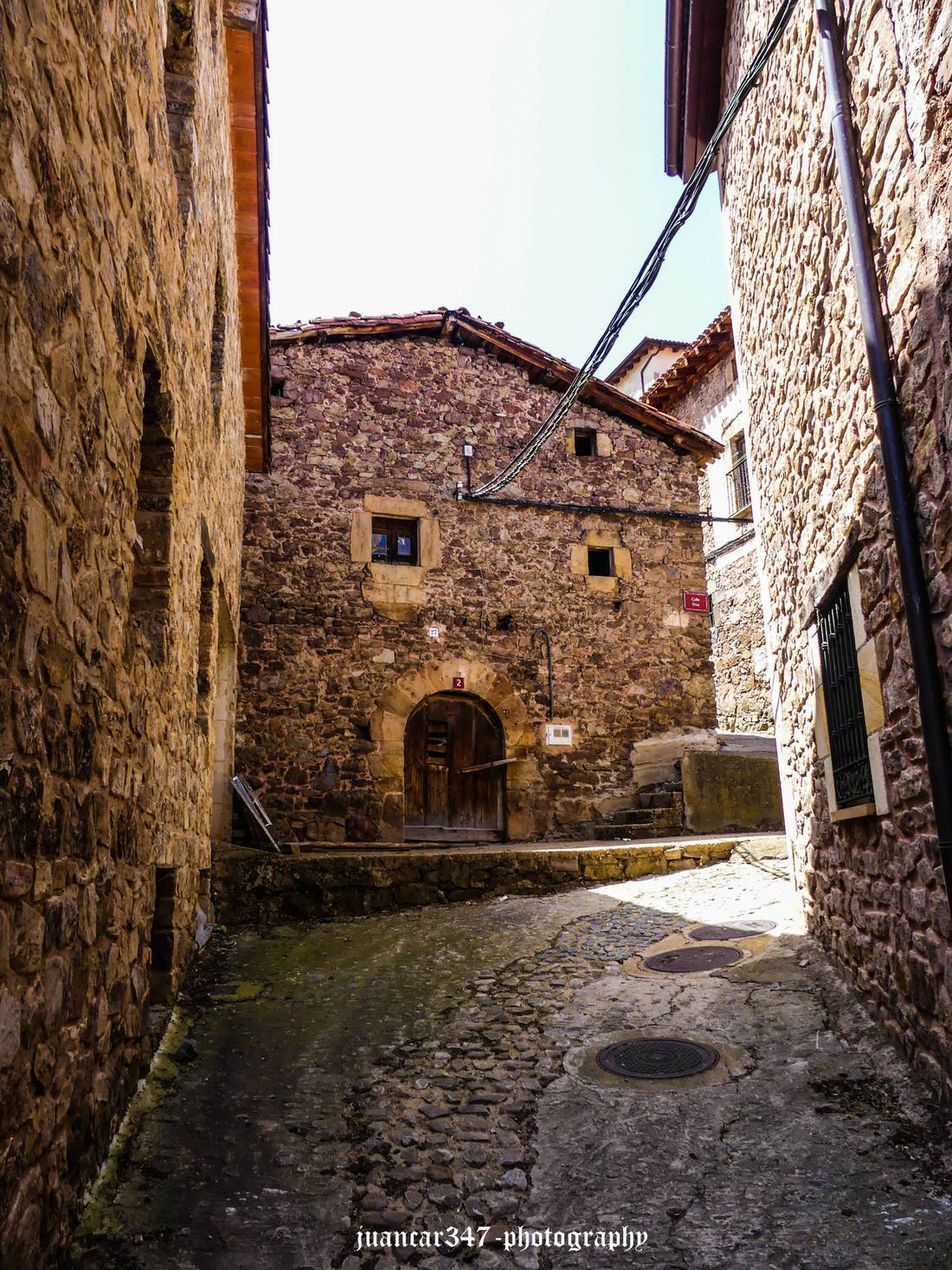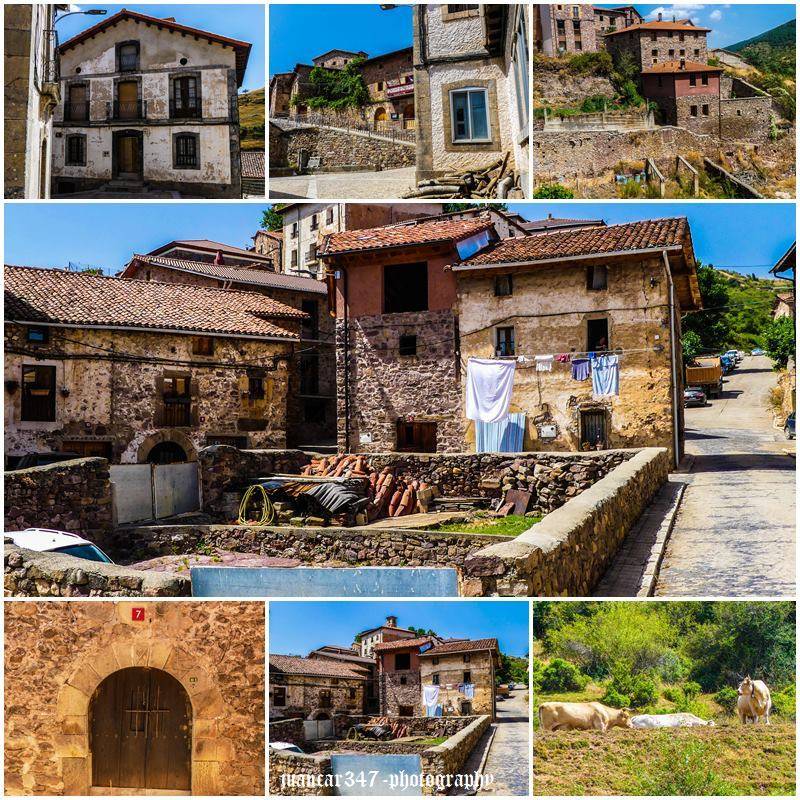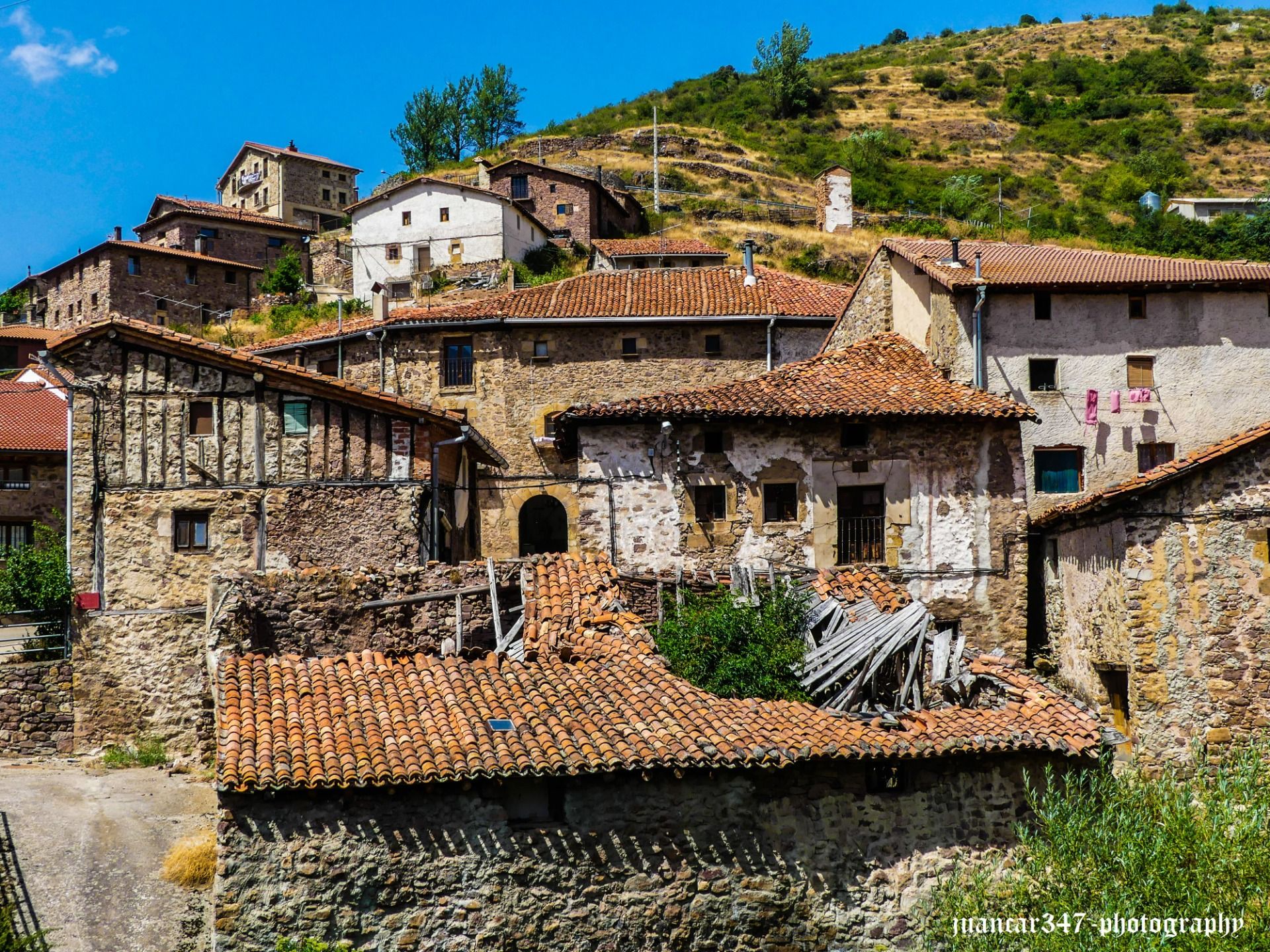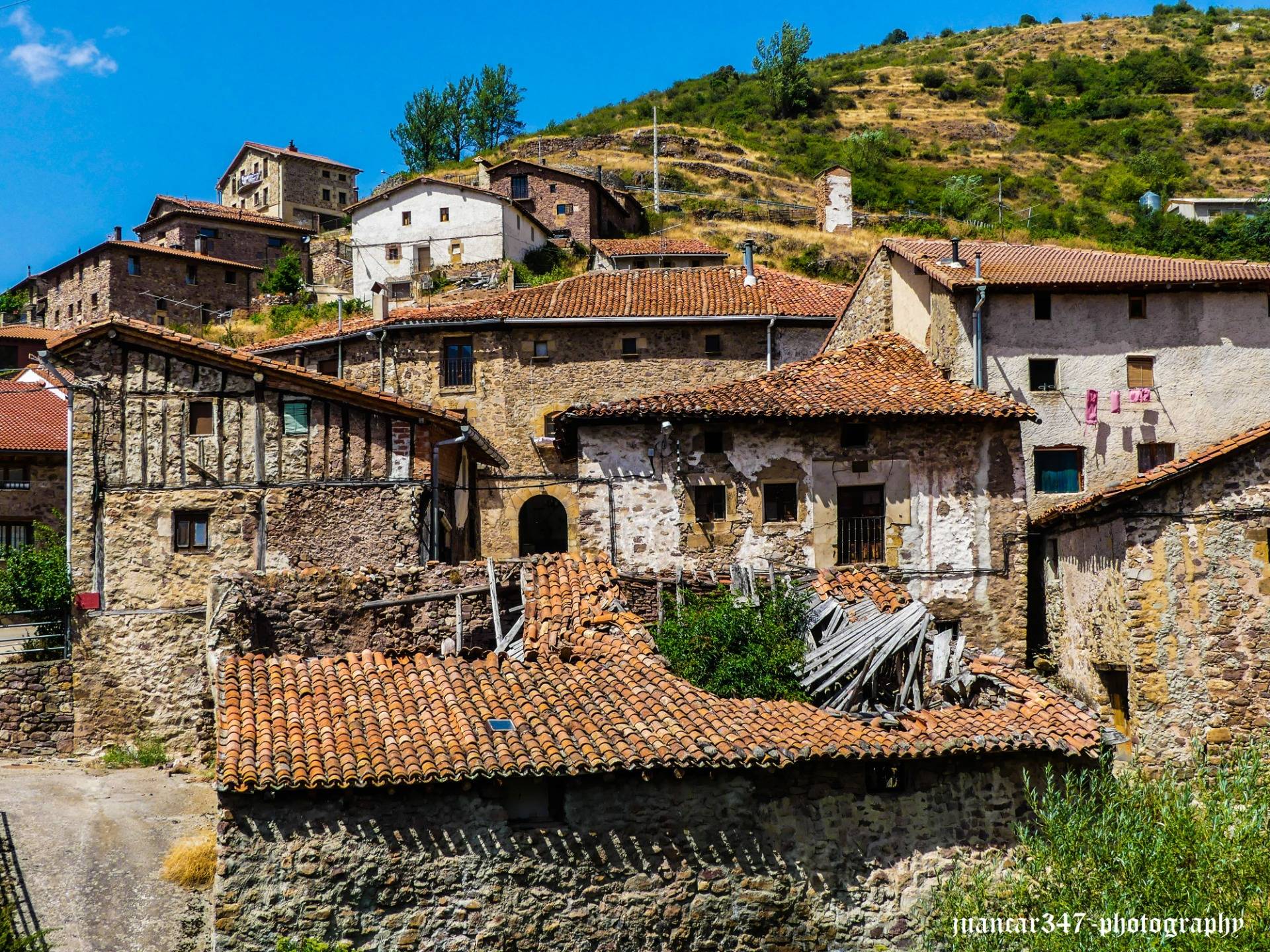
The weather vane rotates, metaphorically speaking, and its direction takes us, on this occasion, somewhat beyond Vinuesa and the old Corte de Pinares, in the direction of the notable port of Santa Inés and on its edge, to the last town of Soria, border already with lands of Rioja: Montenegro de Cameros.
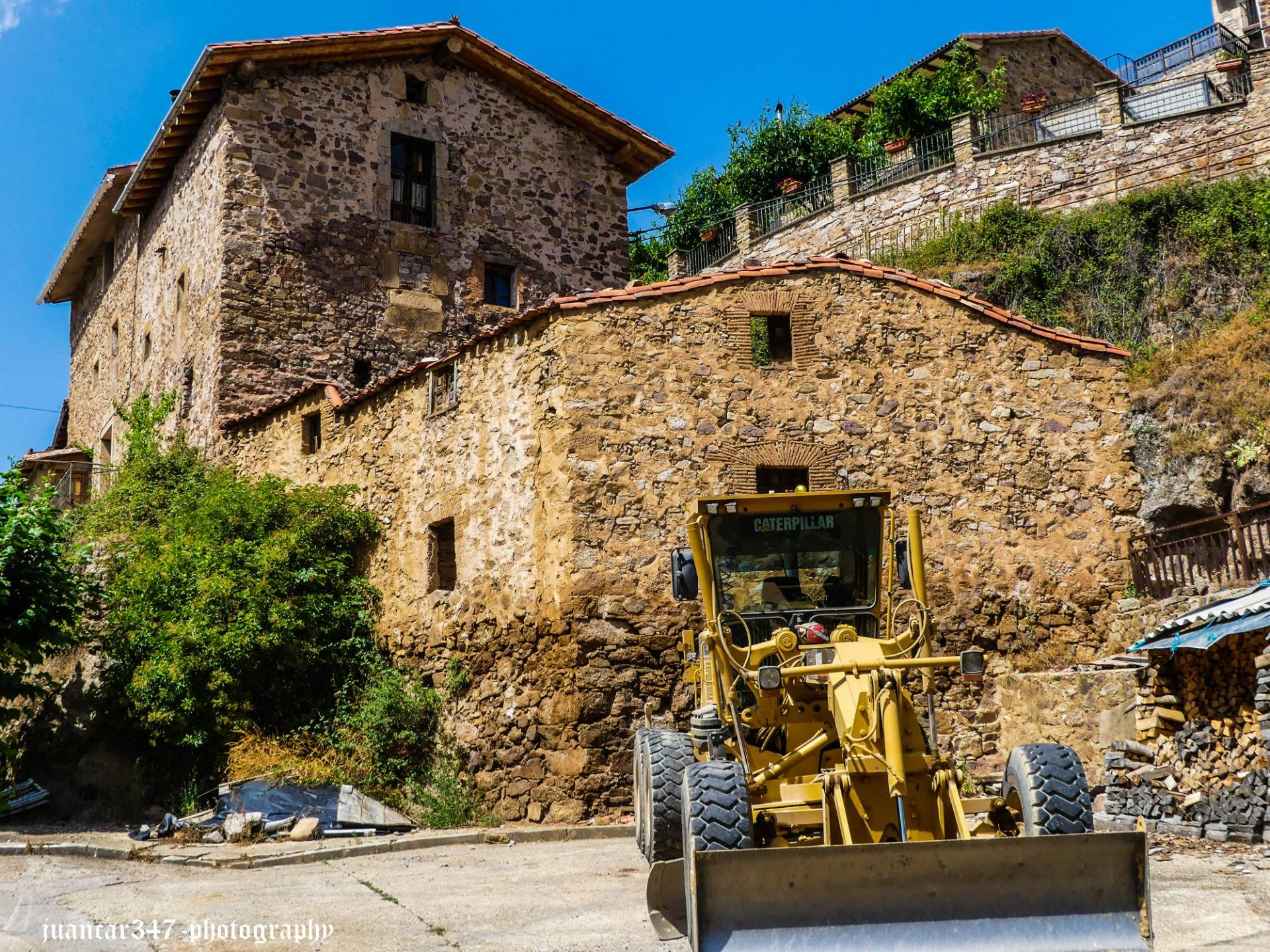
We have also left behind the lush pine forests that hide the ascent to the Urbion Peaks, closer to the border with Burgos and its priceless jewel, the famous Laguna Negra, whose media idiosyncrasy also deserved the attention of the greats of writing, such as Antonio Machado himself, who turned it into the literary and at the same time, unforgettable Tierra de Alvar González.
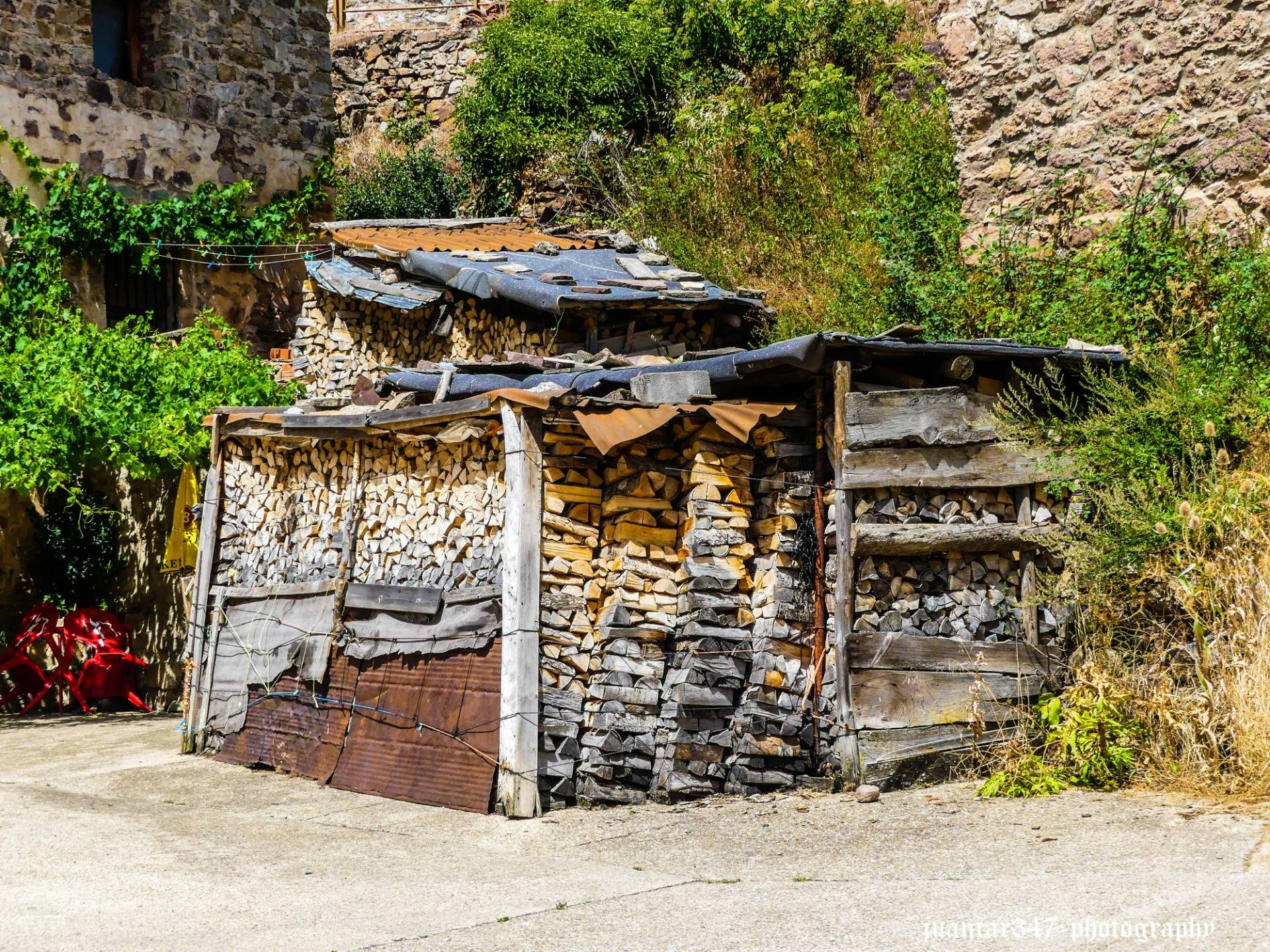
It is also quite an experience to observe, once you have negotiated the steep ups and downs of the aforementioned port of Santa Inés, the vision of a small town, which, like many others and despite the slights of time, which, certainly, never goes in vain, it still continues to preserve, in acceptable conditions, a very meritorious and interesting part of its original physiognomy.

A physiognomy, eminently solid and rural, that unequivocally evokes memories of those first medieval settlements that were consolidated as the so-called Reconquista was recovering territories, in its unstoppable advance towards the south, especially, from the 13th century onwards, leaving, in the rear, families of settlers under the direction of nobles, not always accommodating of their subjects and of the powerful influences and privileges of the Military Orders - of the Temple, of the Hospital, of Santiago, of Montesa or of Calatrava, among the main ones - that were integrating and taming an environment of certain harshness, although, without a doubt, spectacular.
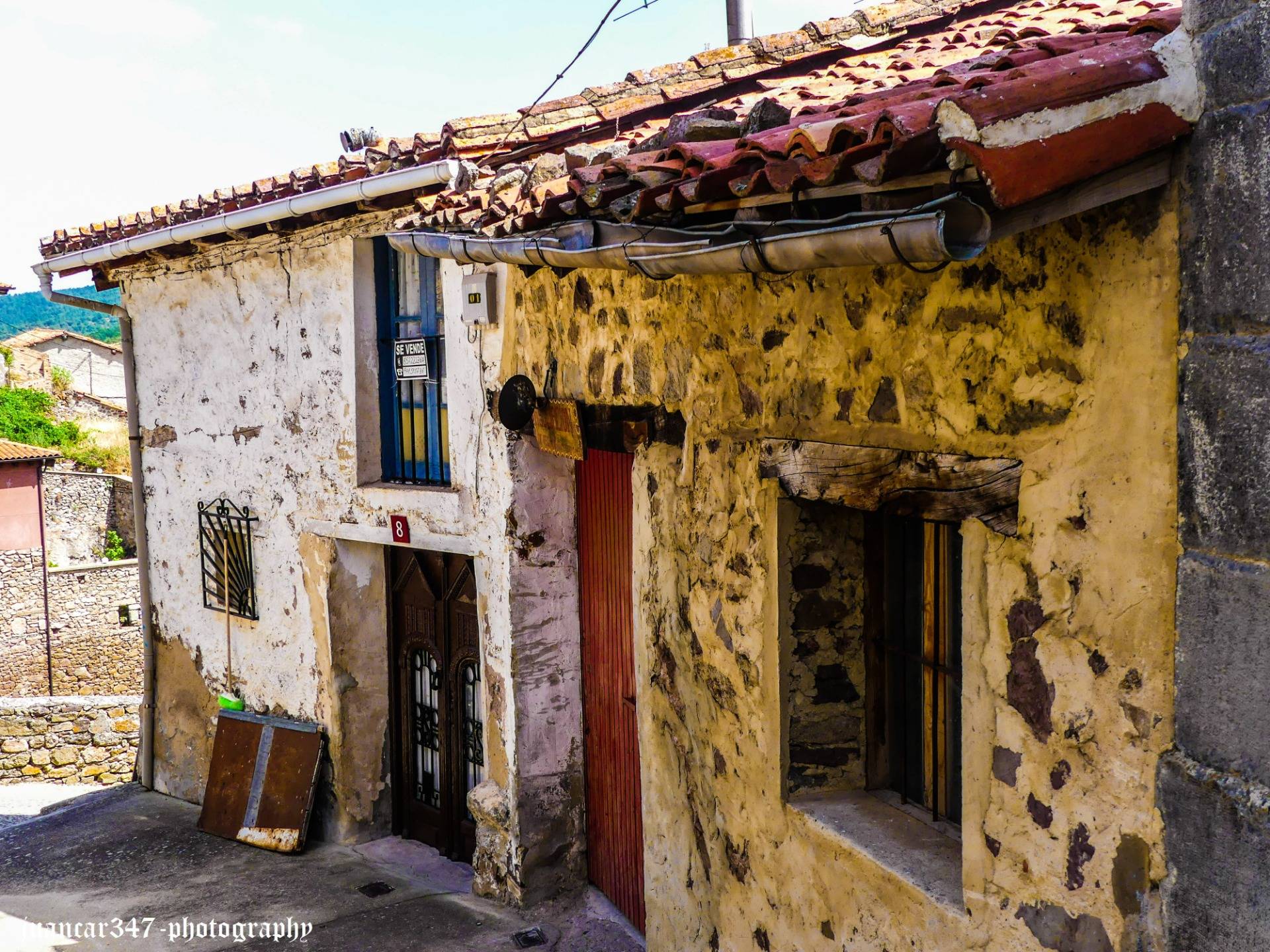
Much of this notable influence can be seen in many of the oldest houses in the town, where notable examples of civil architecture of Romanesque and Gothic origin still persist, which show, on the doorways of the homes, not only those pious symbols, as crosses and monstrances - their presence on the lintels of houses is very typical and which often preserve dates ranging between the 16th and 18th centuries - but also, for the survival of those historical auxiliaries, with their own symbolic language, which are the noble shields.
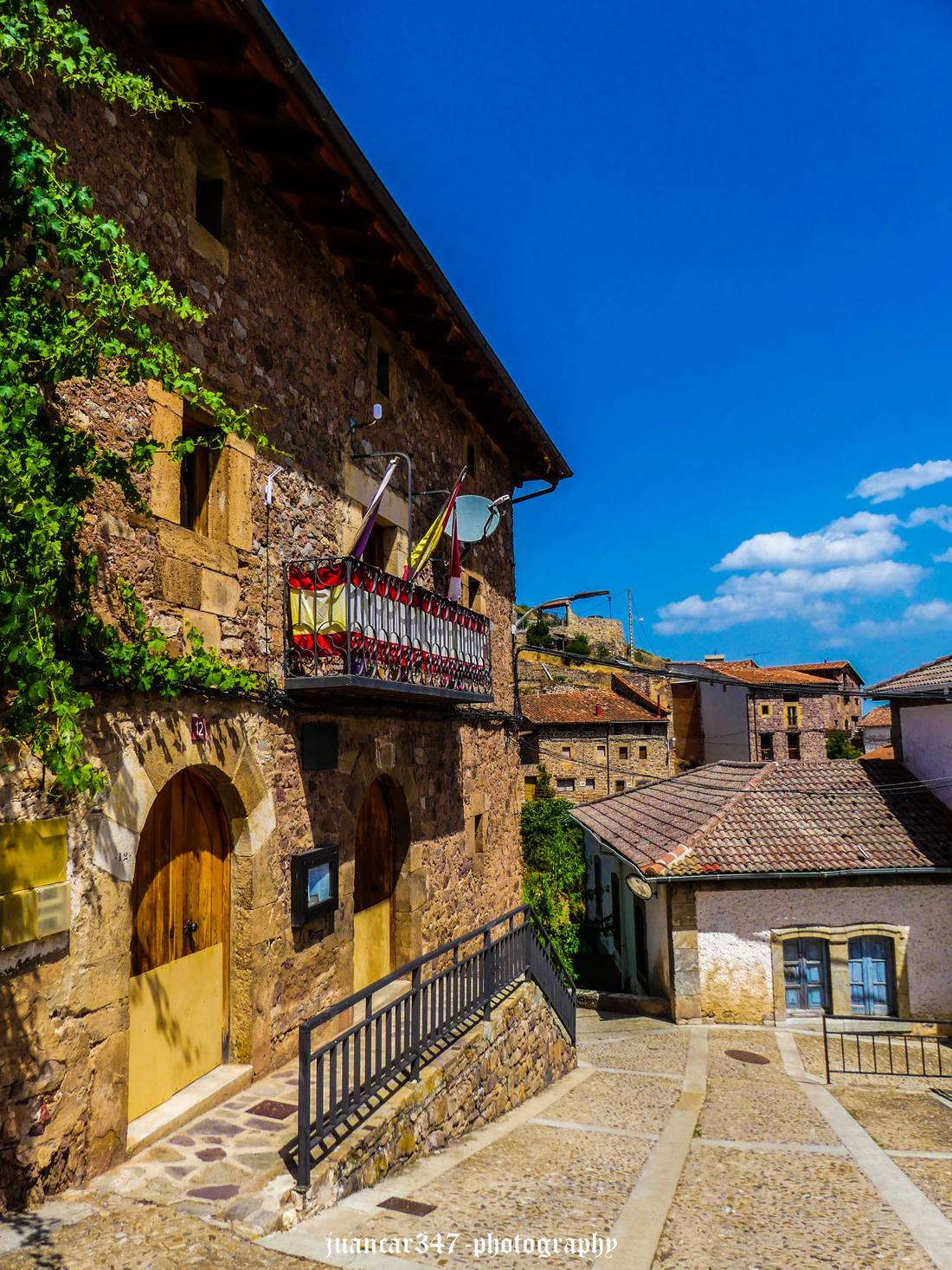
Despite the new architectural additions, which, fortunately, seem aimed at not using intrusive techniques - or not too much - that could alter the appearance of the place, some ruin and abandonment can also be seen.
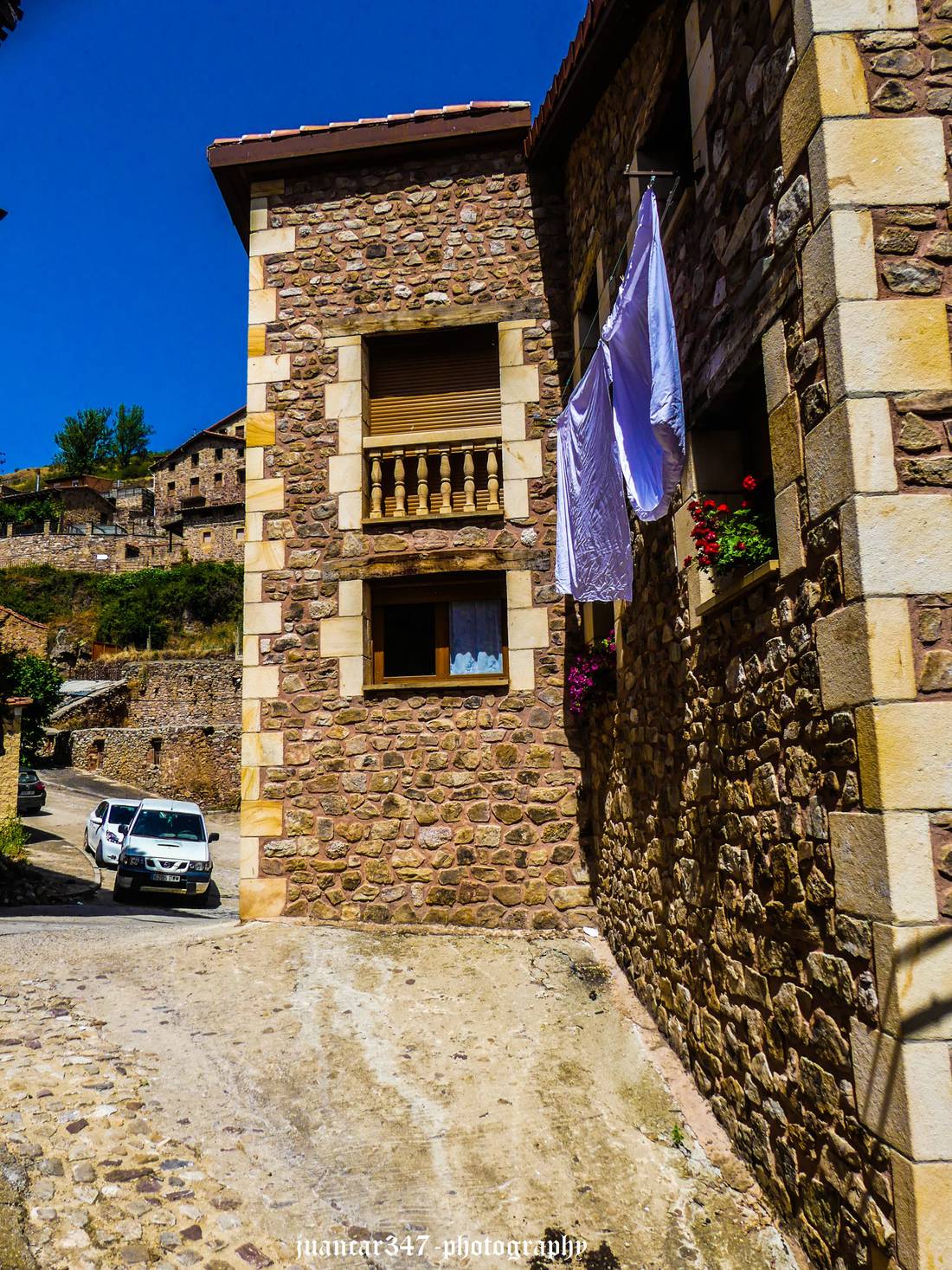
Ruin and abandonment, on the other hand, which mainly affects the oldest single-family houses and which, therefore, constitutes an irreparable loss of the entire urban and cultural heritage, not only of the Community of Soria, but also of the country.
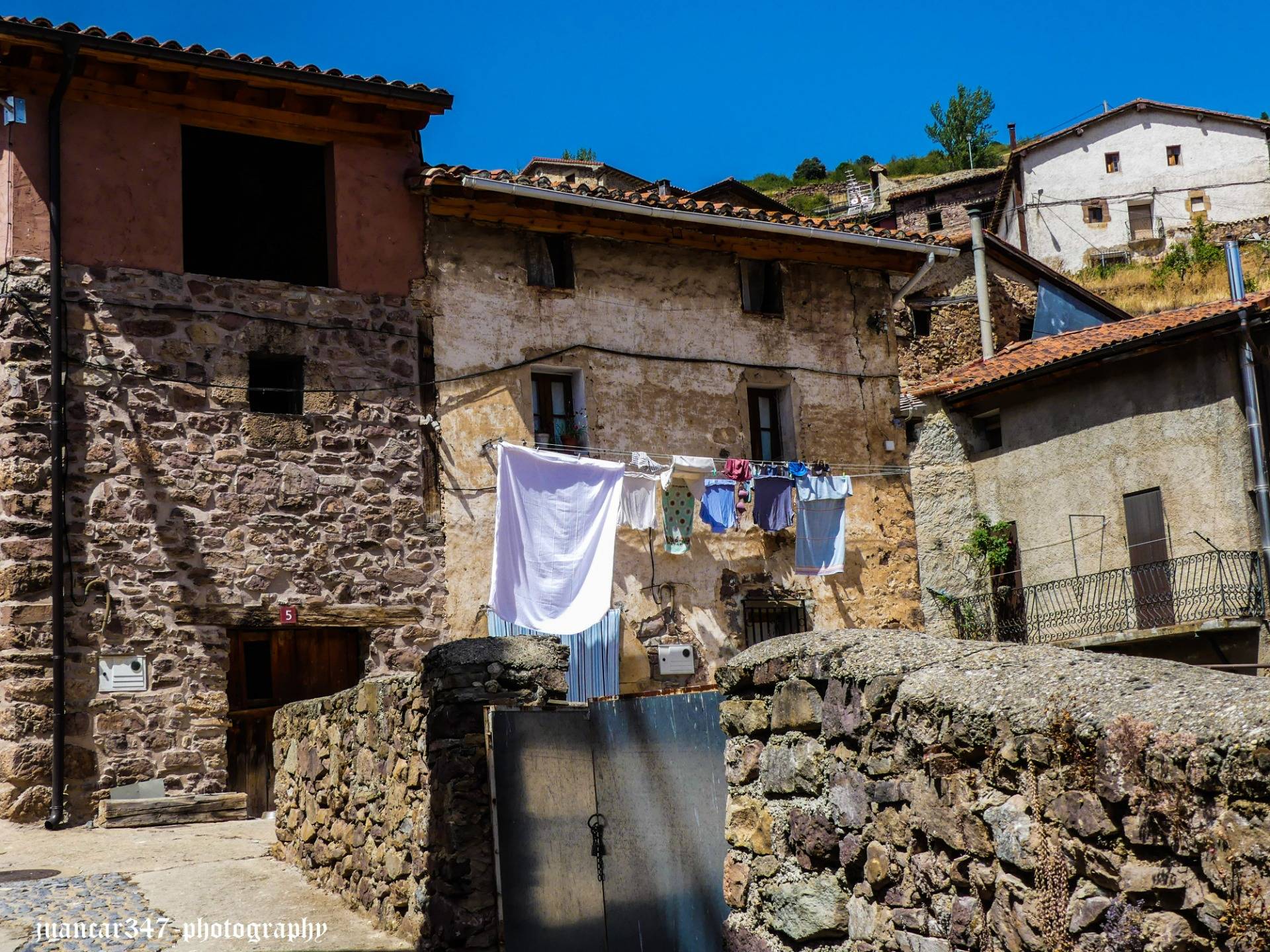
In this imitation of the mythical pastoral Arcadia, with which Montenegro de Cameros can be compared, there is no shortage of bucolic environments, where, unlike in the arid Numantine plains, the indissoluble presence of these animals stands out, which, during the Neolithic they were already worth their weight in gold: cattle.

This being, and above all, agriculture, the main means of subsistence of some neighbors, who, judging by the dedication of a small hermitage, that of Saint Mames, remember the origins of those first settlers of the north and especially of the Basque Country .
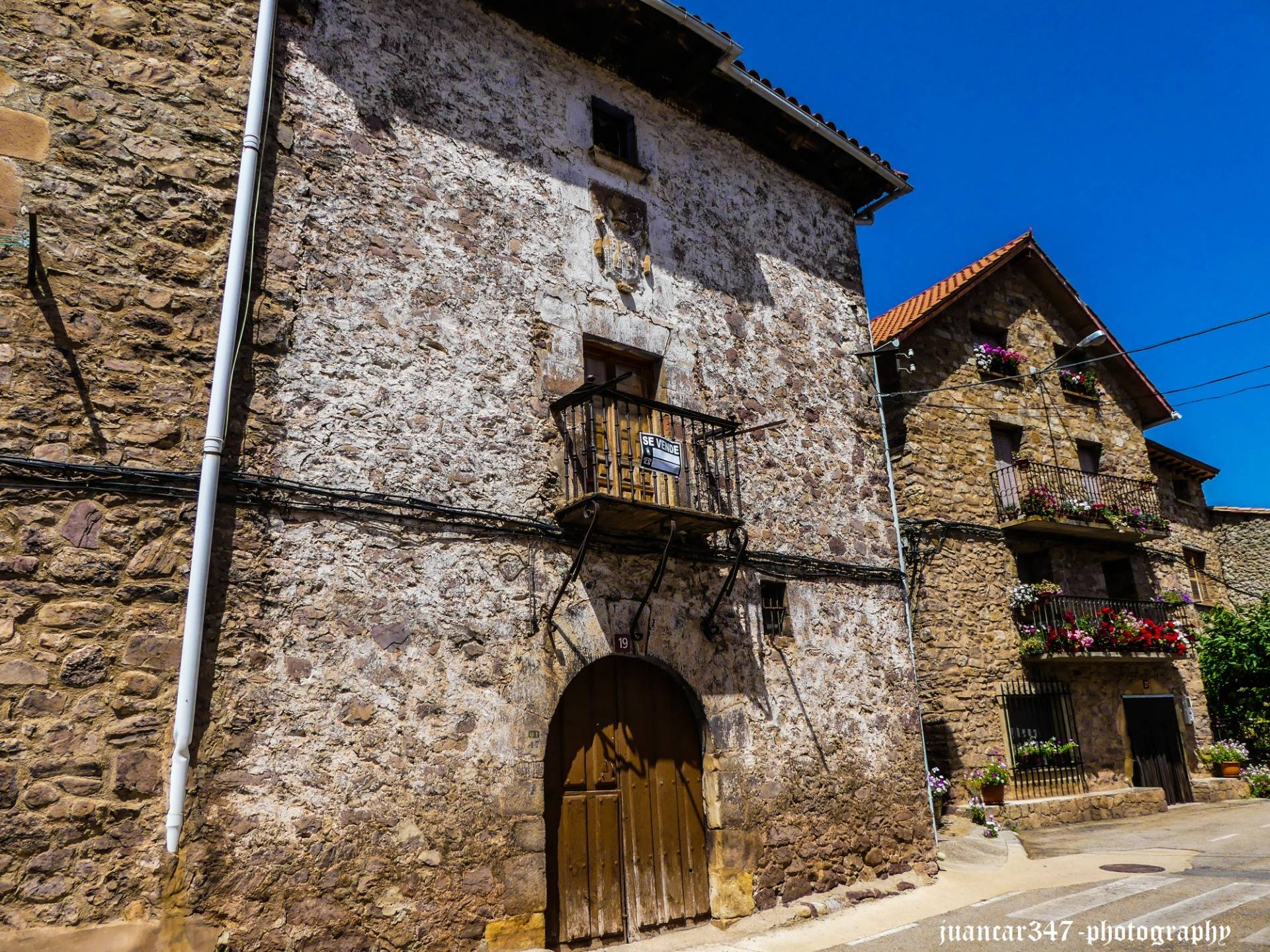
RELATED MOVIE:
NOTICE: Both the text and the accompanying photographs are my exclusive intellectual property and are therefore subject to my Copyright.
